The 10 Key Factors in par can light That Affect Cost
- Introduction: Why understanding par can light cost matters
- What is a par can light and who's searching for par can light price?
- The 10 Key Factors that Affect Cost of par can light
- 1. LED chip quality and type (core determinant of par can light price)
- 2. Total fixture wattage and light output (affects par can light cost-per-lumen)
- 3. Color capabilities and color rendering (why RGBW/white options raise price)
- 4. Optics and beam control (spot vs flood affects par can light price)
- 5. Build quality and materials (durability influences long-term cost)
- 6. Thermal management and cooling (fanless designs and longevity)
- 7. Control systems and protocol support (DMX, RDM, Art-Net raise costs)
- 8. IP rating and environmental protection (outdoor-ready par can light price High Quality)
- 9. Certifications, warranty, and after-sales support (hidden cost influences)
- 10. Brand, manufacturing scale, and value-added services (OEM/ODM choices)
- Price tiers and quick comparison for par can light buyers
- Typical market price tiers for par can light
- Summarize the 10 factors and their cost impact
- Quick reference table: cost drivers for par can light
- How to choose the right par can light for your budget
- Match cost to application — practical buying guidance
- Why partner with LQE for par can light OEM/ODM needs
- LQE strengths for buyers seeking reliable par can light supply
- Conclusion: Balancing immediate price and lifetime value
- Make informed purchasing choices for par can light
- Frequently Asked Questions
Introduction: Why understanding par can light cost matters
What is a par can light and who's searching for par can light price?
Many buyers — lighting designers, event producers, rental houses, and venue managers — search for par can light with : to compare prices, specify fixtures, or select OEM/ODM partners. A par can light’s price can vary widely based on performance, durability, and features. Understanding the technical and commercial factors behind cost helps buyers balance budget and performance when they buy par can light fixtures.
The 10 Key Factors that Affect Cost of par can light
1. LED chip quality and type (core determinant of par can light price)
The LED chips (brands like Cree, Osram, Samsung, or mid-tier SMDs) determine luminous efficacy, color stability, and long-term reliability. Higher-quality chips cost more upfront but deliver higher lumens per watt and longer useful life (commonly 50,000–100,000 hours). When comparing par can light price, check the LED manufacturer and CRI/efficacy specs — they explain much of the price difference between cheap and professional fixtures.
2. Total fixture wattage and light output (affects par can light cost-per-lumen)
Fixture wattage and optical efficiency translate to usable lumens on stage. A 60W LED par can and a 180W par can will have very different light output and cost. Professional stage applications often require higher wattage and output, increasing the par can light price. Look at lux at distance and lumen output rather than wattage alone for true performance comparison.
3. Color capabilities and color rendering (why RGBW/white options raise price)
Par cans range from simple RGB to RGBW/RGBA with dedicated white LEDs and adjustable CCT. Fixtures with high CRI (80–95) and accurate white reproduction cost more because of better LED mixes and added circuitry for color calibration. If your project requires reliable skin tones and stage color consistency, paying more for high-CRI par can light is usually worth it.
4. Optics and beam control (spot vs flood affects par can light price)
Quality optics — lenses, collimators, and beam-forming components — determine beam angle (commonly 10°–60°) and evenness. Tight-beam spot par cans and models with interchangeable lenses or zoom mechanisms are more expensive than wide flood units. For theatrical and concert work where beam control matters, optics are a major cost driver of par can light fixtures.
5. Build quality and materials (durability influences long-term cost)
Materials (die-cast aluminum vs thin sheet metal/plastic), finish, and mechanical design affect durability and service life. Rental-grade and touring par can light fixtures use robust housings and connectors — raising initial cost but lowering lifetime cost through fewer repairs. Commercial buyers should weigh upfront par can light price against expected maintenance and downtime.
6. Thermal management and cooling (fanless designs and longevity)
Efficient heat dissipation extends LED life and maintains performance. Passive cooling (heatsinks, thermal interface materials) is more expensive in design and manufacturing than simple fan-cooled solutions but offers quieter operation and less maintenance. Thermal design impacts warranty claims and long-term performance — both factors that increase the realistic cost of a par can light.
7. Control systems and protocol support (DMX, RDM, Art-Net raise costs)
Control features — DMX512, RDM, Art-Net, sACN, wireless DMX — add electronics, firmware, and testing time. Advanced onboard features such as pixel mapping, onboard macros, or wireless control increase the price of a par can light. For professional installations where control flexibility matters, invest in fixtures with robust protocol support to avoid costly retrofits.
8. IP rating and environmental protection (outdoor-ready par can light price High Quality)
Weatherproofing (IP65 or higher) requires sealing, specialized connectors, and corrosion-resistant materials. Indoor fixtures (typically IP20) are much less costly than outdoor-rated par cans. If you need outdoor par can light fixtures for architecture, festivals, or theme parks, budget higher — the IP rating has a big impact on par can light price.
9. Certifications, warranty, and after-sales support (hidden cost influences)
Safety and compliance marks (CE, RoHS, ETL) require testing and documentation. Longer manufacturer warranties and accessible spare parts increase upfront cost but reduce total ownership cost. For buyers seeking reliable supply and fast turnaround, consider manufacturer reputation and warranty terms when evaluating par can light price.
10. Brand, manufacturing scale, and value-added services (OEM/ODM choices)
Established brands and manufacturers with scale (OEM/ODM) can command higher prices but often provide consistent quality, custom options, and stronger support. Manufacturing capacity, patents, and R&D investment affect price. For example, LQE (founded 2008, Foshan, China) operates a ~10,000 sqm production base with capacity for ~100,000 fixtures annually and holds 80 national patents — factors that enable stable supply and customizable par can light solutions.
Price tiers and quick comparison for par can light buyers
Typical market price tiers for par can light
Below is a practical comparison of common price tiers to help buyers match requirements to budget when they search for par can light price.
| Tier | Typical Price (USD) | Common Features | Best Use |
|---|---|---|---|
| Entry-level | $30–$150 | Basic RGB or single-color, limited optics, plastic parts, indoor IP20 | Small bars, DIY, low-budget installations |
| Mid-range | $150–$600 | RGB/RGBW, decent optics, metal housing, DMX support, better LEDs | Rental houses, small theaters, clubs |
| Professional | $600–$2,000+ | High-CRI LEDs, advanced optics, IP-rated options, DMX/RDM, warranty | Large concerts, broadcast, permanent installations |
Summarize the 10 factors and their cost impact
Quick reference table: cost drivers for par can light
| Factor | Why it affects cost | Typical impact on final price |
|---|---|---|
| LED chip quality | Better efficacy, color stability, lifespan | High |
| Wattage/output | More components, higher power electronics | High |
| Color capabilities/CRI | Additional LEDs, calibration, higher-cost LEDs | Medium–High |
| Optics/beam control | Precision lenses, zooms, interchangeable accessories | Medium–High |
| Build materials | Stronger housings, better finishes | Medium |
| Thermal management | Advanced heatsinks, passive cooling tech | Medium |
| Control systems | Electronics, firmware, wireless modules | Medium |
| IP rating | Seals, corrosion-resistant parts, connectors | Medium–High |
| Certifications & warranty | Testing, documentation, liability | Low–Medium |
| Brand & manufacturing scale | R&D, patents, supply chain reliability | Variable |
How to choose the right par can light for your budget
Match cost to application — practical buying guidance
Start by defining use case: temporary rental, touring, permanent theater, TV/broadcast, or outdoor architecture. Then prioritize the top 3 factors from the list above for that use. For example, broadcast prioritizes CRI and flicker-free control; outdoor installations prioritize IP rating and materials. Use the price-tier table to set realistic budget expectations and always request photometric data (lux at distance) and warranty details before you buy par can light fixtures.
Why partner with LQE for par can light OEM/ODM needs
LQE strengths for buyers seeking reliable par can light supply
LQE was founded in 2008 and is headquartered in Foshan, China. We specialize in R&D, production, and sales of middle- and high-end digital stage lighting. Our production base covers about 10,000 square meters and we have the capacity to produce ~100,000 lighting fixtures annually. With 80 national patents and extensive OEM/ODM experience, LQE can deliver custom par can light solutions (e.g., specific optics, IP-rated housings, custom color mixes) while controlling cost and ensuring consistent quality across large orders.
Conclusion: Balancing immediate price and lifetime value
Make informed purchasing choices for par can light
When searching for par can light price, remember that the cheapest option may create higher lifetime costs through replacements, downtime, and poor performance. Evaluate LED quality, optics, thermal design, control features, and IP rating against your intended application. For custom or high-volume needs, partnering with an experienced OEM/ODM like LQE (capacity, patents, warranty support) can reduce risk and total cost of ownership while ensuring you get the par can light features you need.
Frequently Asked Questions
What is the typical lifespan of a professional LED par can light?A: Most professional LEDs are rated 50,000–100,000 hours (L70). Actual lifespan depends on thermal management and operating conditions.
How much should I budget for a reliable par can light for rental use?A: For rental/touring use, plan $150–$600 per fixture for mid-range rental-grade par cans; higher-spec models for broadcast or outdoor use cost more.
Do I need DMX or wireless control for my par can light?A: If you require synchronized cues, effects, or integration with other fixtures, DMX (plus RDM/Art-Net for advanced setups) is recommended. Wireless DMX adds convenience but increases cost.
Can indoor par can light be used outdoors?A: No — indoor (IP20) fixtures lack proper sealing and corrosion resistance. For outdoor use, choose fixtures with IP65 or higher and UV-resistant materials.
Is a high CRI important for stage par can light?A: Yes for theatrical, broadcast, or any application with close-up performers; high CRI (80–95) ensures accurate color rendering and natural skin tones.
What warranty and support should I expect from a manufacturer?A: Typical warranties range from 1–3 years for commercial fixtures. For large purchases, negotiate extended warranty, spare-part availability, and local service options.
How can LQE help with custom par can light orders?A: LQE offers OEM/ODM services, custom optics, IP-rated designs, and production scale to fulfill large orders with consistent quality. Our manufacturing base and patent portfolio support reliable customization.
Sources and
- ANSI E1.11 / USITT DMX512-A standard documentation
- Lighting industry manufacturers’ datasheets (e.g., major LED chip providers: Cree, Osram, Samsung)
- Illuminating Engineering Society (IES) standards and guidance on light output and photometrics
- Typical LED lifetime guidance from leading LED suppliers (50,000–100,000 hours)
- IP rating definitions and test standards (IEC 60529)
- LQE company information provided by client (founding year 2008, Foshan HQ, ~10,000 sqm plant, ~100,000 fixtures/year capacity, 80 national patents)
Why choose LQE as your led stage lights for sale supplier
Benefits of waterproof beam LED fixtures for outdoor events
Best par can stage lights manufacturers and supplier brands in us
OEM/ODM moving head light stand Manufacturers and Suppliers
1000w
What Is the Warranty Offered by LQE Lighting?
LQE lighting offers a comprehensive 1-year warranty and spare parts on its products, giving customers peace of mind and investment protection.
Does LQE Offer a Stage Light Design Solution?
LQE experienced team glad to supply a stage lighting configuration design solution or suggestion for projector who don’t have much experience in lighting design, project, theatre and studio.
Can I Have a Sample Order for an LED DJ Light?
Sure, sample order are welcome to test and check LQE quality. Mixed samples are acceptable.
Distributor
What types of companies can become LQE distributors?
We welcome partnerships with companies that have experience in the entertainment, AV, lighting, or stage equipment industries. Whether you are a local reseller, importer, system integrator, or project contractor, we are open to exploring win-win cooperation.
Do you offer OEM/ODM support for distributors?
Yes, as a professional OEM/ODM manufacturer, we support brand customization, including logo printing, packaging design, and even custom features based on project needs.
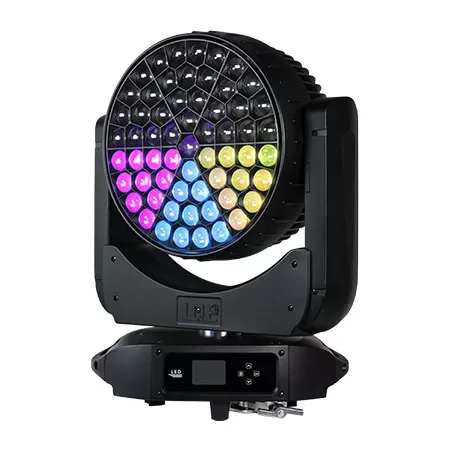
1000w 61x40w RGBW Stage Moving Head Wash Light LW1000
1000W 61x40W LED RGBW Mulichips Moving Head Wash Lights with Zoom (5°–50°), Covering Large Range and Long Distance. Designed to deliver a 5°–50° ultra-large zoom range to achieve a greater wash effect, illuminating stages and events with stunning lighting effects.

600w 19x40w RGBW Stage Moving Head Wash Light LW600 Zoom IP20
600W 19x40W LED RGBW Mulichips Moving Head Wash Lights with Zoom (5°–50°), Covering Large Range and Long Distance. IP20: Designed to deliver a 5°–50° ultra-large zoom range to achieve a greater wash effect, illuminating stages and events with stunning ring control lighting effects.

LED Moving Head Stage Wash Light LW200Z
The versatile moving head stage light provides a powerful lighting solution for theaters, concerts, and large outdoor performances. Suitable for theaters, TV stations, entertainment stages, and large outdoor performance scenes.
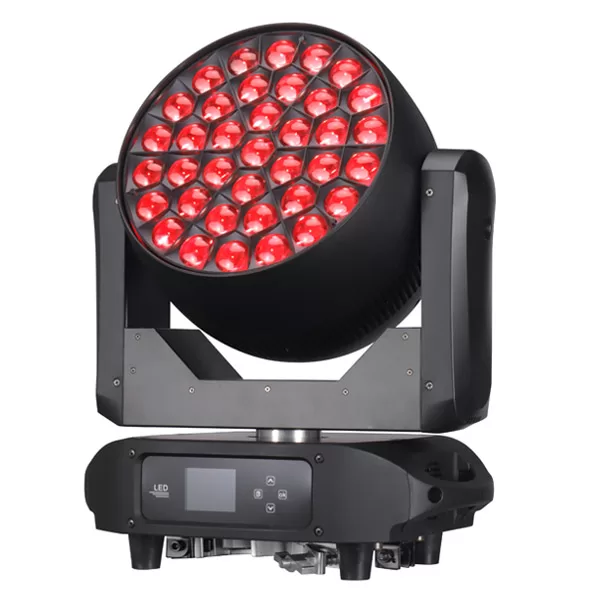
800w 37x40w RGBW Stage Moving Head Wash Light LW800
800W 37x40W LED RGBW Mulichips Moving Head Wash Lights with Zoom (5°-50°), Covering Large Range and Long Distance. Designed to deliver a 5°–50° ultra-large zoom range to achieve a greater wash effect, illuminating stages and events with stunning ring control lighting effects.

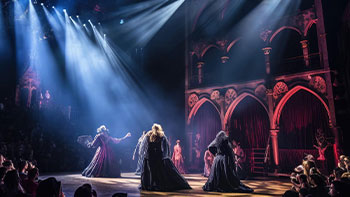
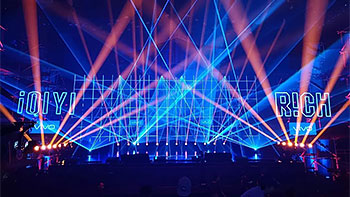

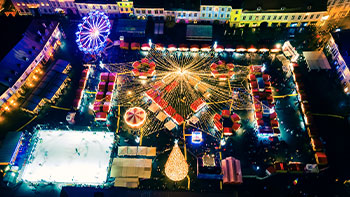








Linkedin
YouTube
Whatsapp: +8618924548390
TikTok